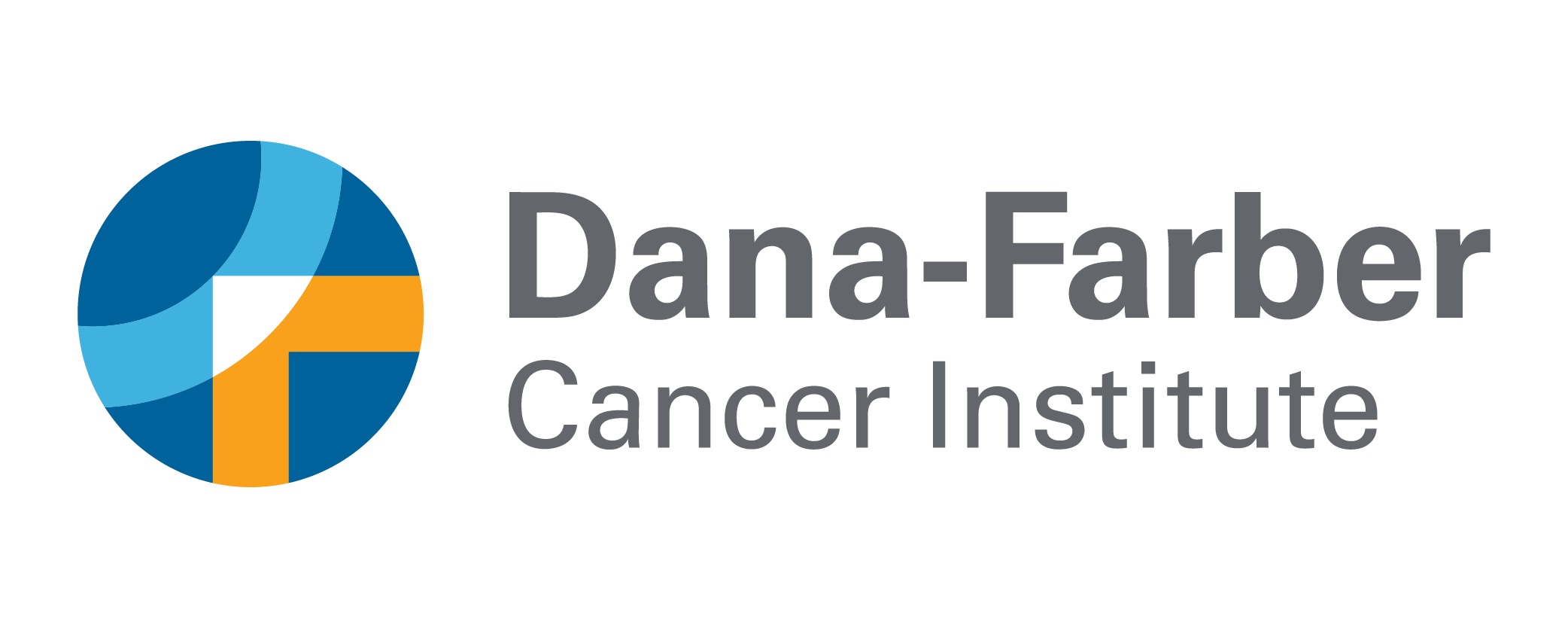Embargoed for Release10:00a.m. Eastern Time July 25, 2001
Contact: Janet Haley DubowDana-Farber Cancer Institute(617) 632-4090[email protected]
Mary HerdoizaAmerican Legacy Foundation(202) 973-1394
New consortium aims to reduce tobacco's toll on working familiesAmerican Legacy Foundation to provide $1.6 million to establish the Consortium on Organized Labor and Tobacco Control
WASHINGTON, D.C.-- Dana-Farber Cancer Institute and the University of Massachusetts Lowell today announced a new national partnership between labor unions and tobacco control groups to reduce tobacco use and exposure to secondhand smoke among working families. The Consortium on Organized Labor and Tobacco Control (COLT) was established with a $1.6-million grant from the American Legacy Foundation.
"While outstanding gains have been made in the last few decades to reduce smoking among white-collar workers, traditional tobacco control strategies have failed to bring about similar reductions in smoking rates among working families," said Elizabeth Barbeau, Sc.D., M.P.H., COLT Director and assistant professor at the Dana-Farber Cancer Institute and the Harvard School of Public Health.
Barbeau cites 1997 data from the U.S. Centers for Disease Control and Prevention (CDC), which indicate that:
* On average, 36 percent of craft workers and laborers smoke, compared to 32 percent of service workers, and 21 percent of white-collar workers smoke. Up to 40% of cooks and truck drivers, 46% of waiters and waitresses, and 60% of roofers smoke.
* Blue-collar workers are heavier smokers, and started to smoke earlier than white-collar workers.
* Blue-collar workers are less successful at quitting smoking. Blue-collar workers make as many short-term attempts to quit as white-collar workers, but are less likely to sustain quitting over the long term.
* White-collar workers are more likely to report that their employers offer assistance with quitting smoking.
Another 1997 study, conducted by the National Cancer Institute, found that 53.7 percent of white-collar workers were covered by a smoke free policy in the workplace, compared with only 34.8 percent of service workers and only 27.4 percent of blue-collar workers.
"We are committed to reducing the harmful impact of tobacco, especially among populations that are disproportionately affected, said Cheryl Healton Dr. P.H., President and Chief Executive Officer at the American Legacy Foundation. Therefore, we are pleased to offer this grant to support collaborative and innovative approaches to tobacco prevention and cessationefforts for working families."
Specialists at Dana-Farber and UMass Lowell will provide technical assistance to labor unions interested in establishing tobacco control programs for their members. The specialists will also assist public health and tobacco control organizations in working with unions.
COLT's early work will focus on finding ways to reach young workers through union-based training and apprenticeship programs to inform them of the dangers of tobacco use in the context of job-related hazardous exposures. Exposures to tobacco smoke and workplace toxins, such as asbestos can multiply the risk of getting lung cancer by as much as 53 times.
"We are concerned about our members' safety and health, both on and off the job. That certainly extends to the efforts that would reduce cancer risk from tobacco," said Terence O'Sullivan, general president, Laborers' International Union of North America (LIUNA). "We are proud to join COLT in building strong ties between labor unions and health groups in ways that benefit LIUNA's members and all working families."
The Dana-Farber Cancer Institute, affiliated with the Harvard School of Public Health, will lead the COLT initiative with the assistance of an advisory board made up of representatives from unions and the tobacco control community.
"Tobacco use is an important and preventable public health problem," said Barry R. Bloom, Dean of the Harvard School of Public Health. "We are pleased that members of the Harvard School of Public Health faculty, Dana-Farber Cancer Institute and the University of Massachusetts Lowell are leading this national tobacco control effort to foster collaboration between the public health community and labor unions -- toward the shared goal of protecting worker's health."
Dana-Farber Cancer Institute (www.danafarber.org) is a principal teaching affiliate of the Harvard Medical School and is among the leading cancer research and care centers in the United States. It is a founding member of the Dana-Farber/Harvard Cancer Center (DF/HCC), a designated comprehensive cancer center by the National Cancer Institute.
The University of Massachusetts Lowell, a comprehensive university with special expertise in applied science and technology, is deeply committed to educating students for lifelong success and conducting research and outreach activities that sustain the economic, environmental, and social health of the region. Lowell offers its 12,000 undergraduate and graduate students more than 80 degree programs in the colleges of Arts and Sciences, Engineering, Health Professions, and Management, and the Graduate School of Education.
The American Legacy Foundation (americanlegacy.org) is a national, independent, public health foundation located in Washington, D.C., created by the November 1998 Master Settlement Agreement. The foundation collaborates with organizations interested in decreasing tobacco consumption among all ages and populations nationwide and has established goals to reduce youth tobacco use, decrease exposure to secondhand smoke, increase successful quit rates, and reduce disparities in access to prevention and cessation services and in exposure to secondhand smoke.
###
